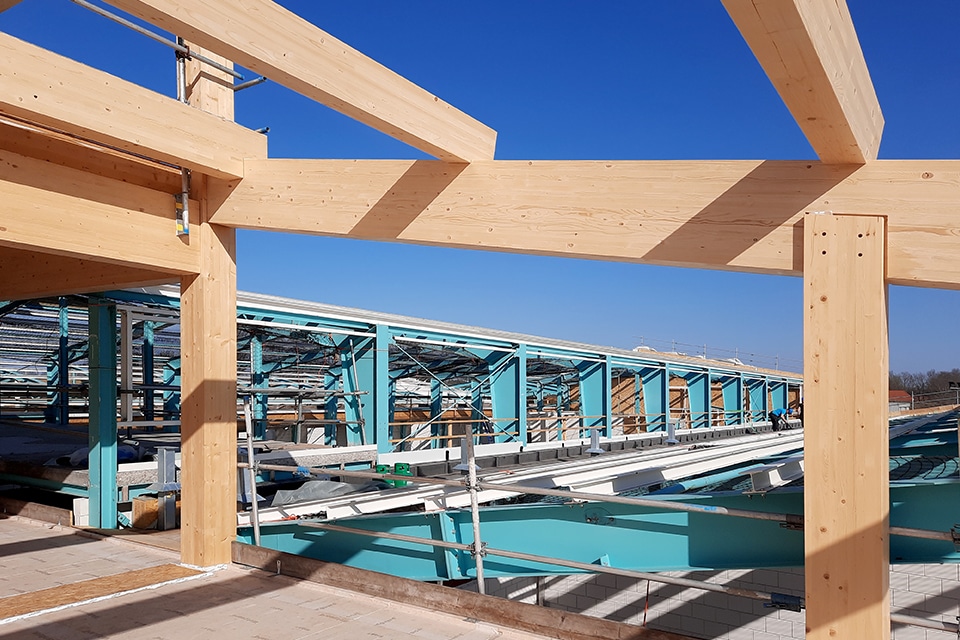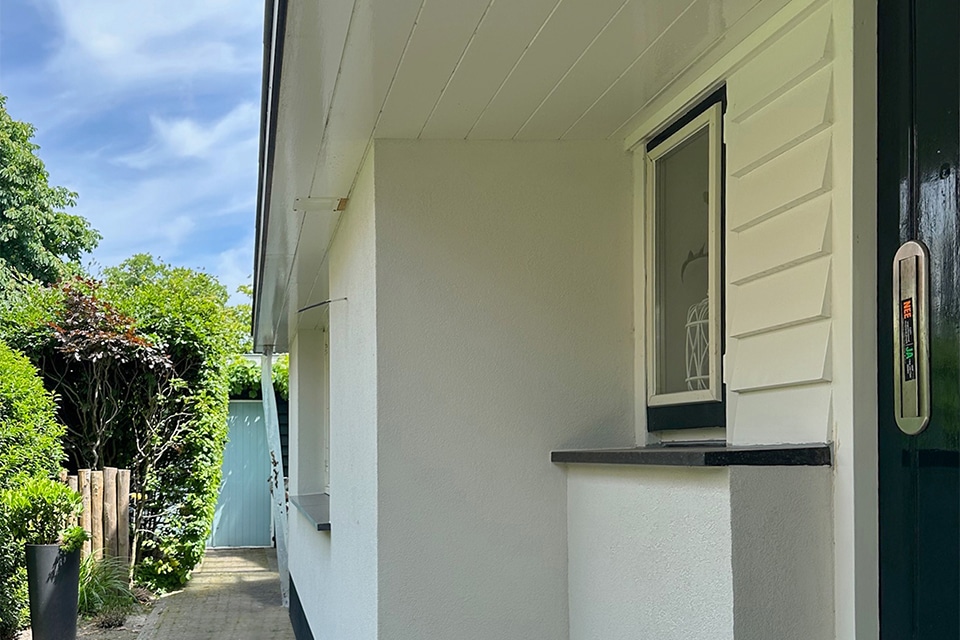
The H&S plan as a dynamic document
H&S in the construction process: from design to demolition
Every worker must be able to work safely and healthily. A client has a general obligation at the design stage to ensure that a building to be constructed and maintained is safe. From that obligation, a design phase safety and health coordinator (VGCO) is appointed to prepare the Health and Safety Plan (H&S Plan). But that is mainly a static document, because what is not regulated in the design phase is usually resolved in the execution, often without feedback. A shame, because the derived H&S file is actually the building's maintenance booklet. Aboma therefore advocates more interaction between the safety and health coordinator design and execution phase (VGCO/VGCU) where the V&G plan and V&G file are considered a dynamic document.

In the H&S plan, a client describes how main and subcontractor(s) work together and what safety measures they take to ensure worker safety. "We see that clients are increasingly aware that they have to include health and safety in the design," says Maurik Schoonbeek, General Manager at Aboma Consultancy. "However, this not only affects the construction process, but also relates to maintenance. So the architect, developer and client also have an important duty in this whole process, but the client remains ultimately responsible from the duty of diligence. Our role from Aboma is mainly to create safety awareness among parties in the entire chain. We do this by providing training, but also by thinking along with tenders and planning." Duco Opdam, Advisor at Aboma, adds: "Together we try to fill the toolbox in order to give substance to the duty of care. So that people are aware of their role, understand what H&S is about, what it requires, et cetera."
Integral part
Health and safety must be an integral part of the construction process. "That starts with the plan and design you create and continues through the demolition phase," Schoonbeek says. "Even in the design, you have to think about whether it's safe and manageable at the back end." The legislature sees H&S as one process, but in practice it is often split up, notes Opdam. "In the preliminary phase, a number of choices are made that may be approached slightly differently in execution. Those actions are often carried out ah hoc and not fed back to the parties in the design phase. This makes it difficult to ultimately give a good interpretation of the H&S file. This is where the FCCU has an important role to play. Not by reinventing the wheel, but mainly by acting as a director and bringing performing parties together to give a good interpretation of the present H&S plan and H&S dossier. So that also in the future maintenance can be carried out safely on the structure."



